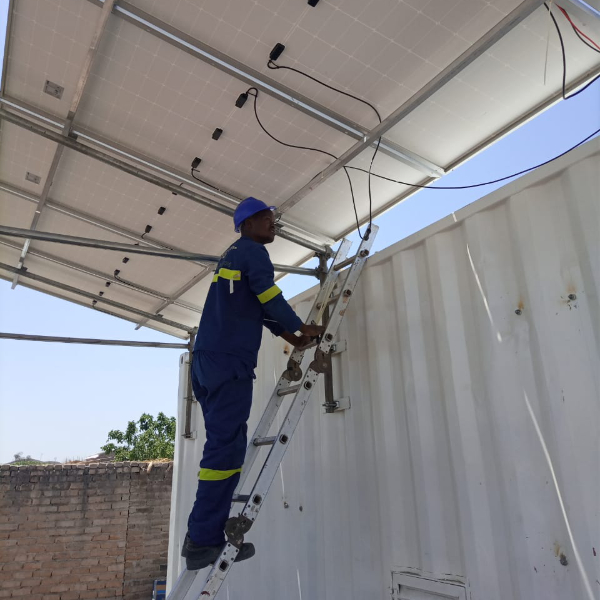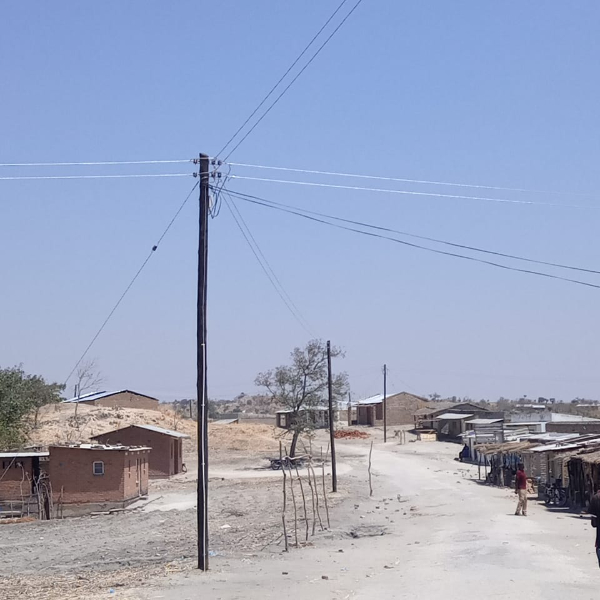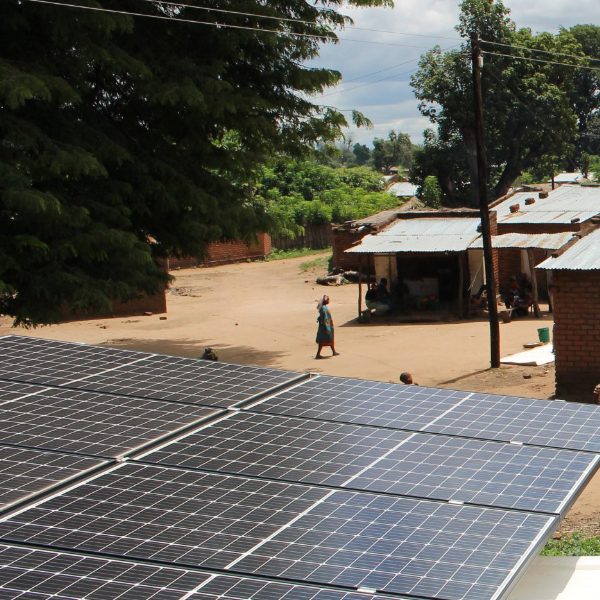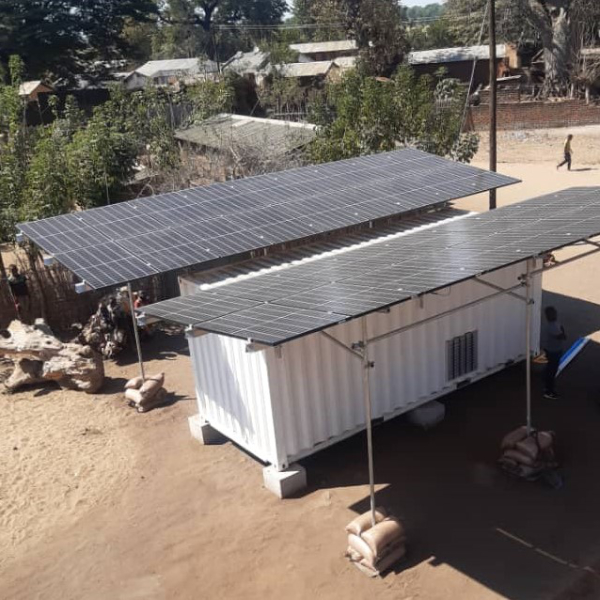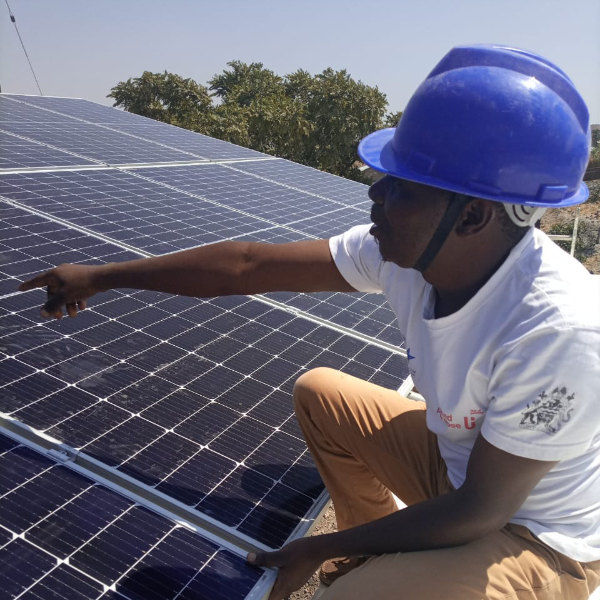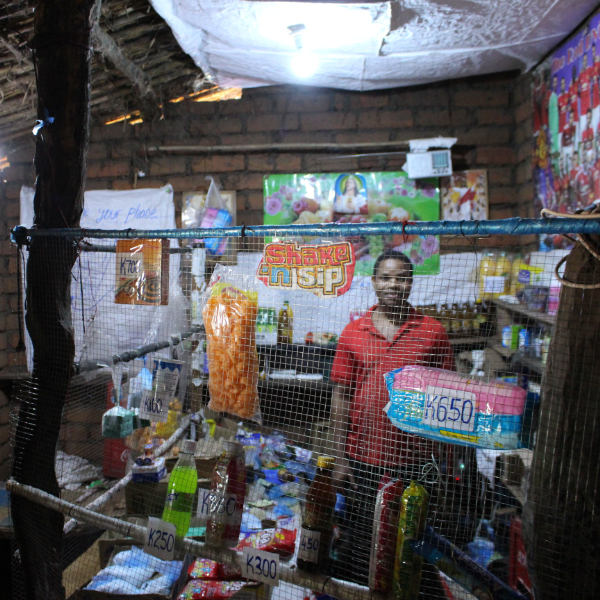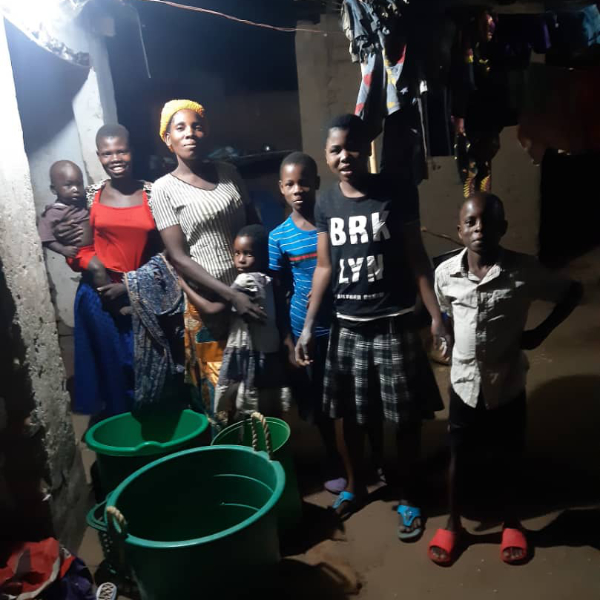Rural villages powered by solar
The Rural Energy Access through Social Enterprise and Decentralisation (EASE) project (funded by the Scottish Government) has enabled the installation of two solar micro-grids in the rural villages of Mthembanji and Kudembe in Dedza district, generating and distributing power for domestic and productive customers.
The systems are owned and managed by United Purpose (UP) through a social enterprise framework, with technical support and research activities provided by the University of Strathclyde (UoS). Detailed monitoring, evaluation and analysis of micro-grid performance is being carried out by UoS to inform the Malawian renewable energy and off-grid sector. The motivation for the project is to pilot and demonstrate a social enterprise ownership model for solar micro-grids in Malawi, with aims to use this project as a platform to set up further micro-grids at other identified sites across Malawi.
The micro-grids installed in Dedza offer reliable, renewable electricity to over 500 people through solar PV generation, low voltage distribution networks and smart meters. Performance monitoring through robust data collection is highly beneficial to multiple stakeholders in the micro-grid sector including system operators, donors, investors and policymakers seeking to increase the scale and impact of the sector. A key aim of EASE has been to capture operational data through remotely monitored smart meters, and social impact through surveys to inform positive interventions in the micro-grid ecosystem.

